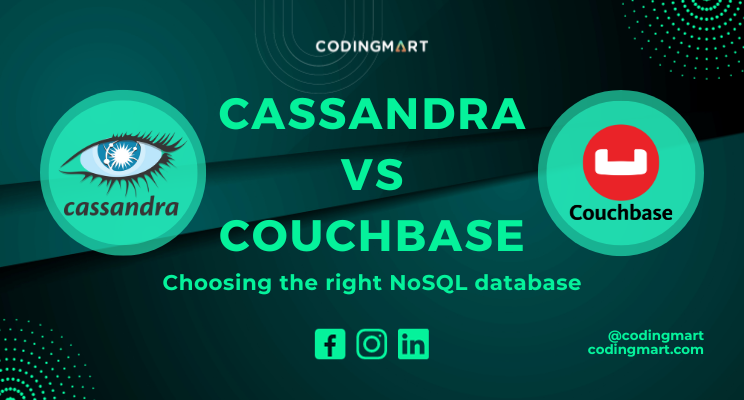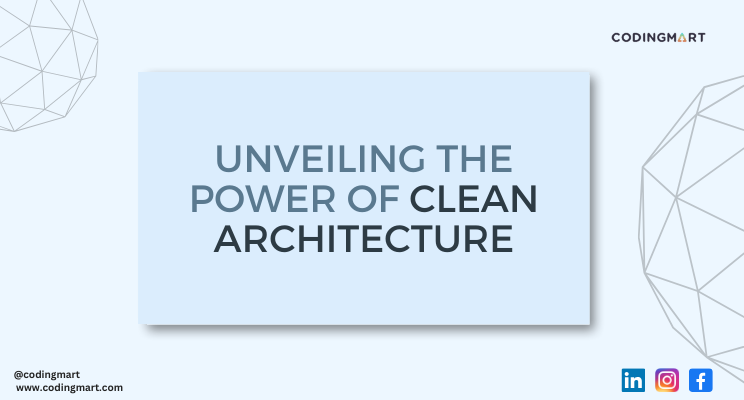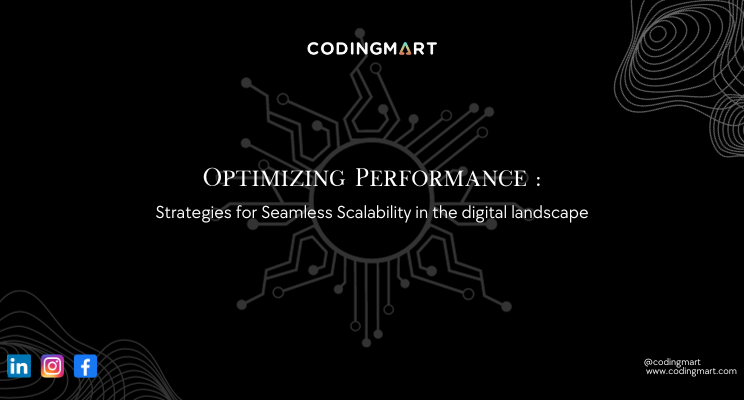blogs
Cassandra Vs Couchbase

In today’s data-driven world, the selection of the right database is akin to choosing the foundation of a skyscraper. The choice can profoundly impact the scalability, performance, and agility of your applications. NoSQL databases have emerged as a dynamic force in this realm, with their capacity to manage vast data volumes and deliver exceptional performance. In this newsletter, we embark on an exploration of two standout NoSQL databases : Apache Cassandra, and Couchbase.
The database you choose wields considerable influence over your ability to manage your data effectively and meet the ever-evolving demands of modern applications. As we delve into the differences and nuances between Cassandra and Couchbase, you’ll gain insights that can steer your decision-making process, ensuring your data infrastructure aligns seamlessly with your unique business objectives.
These two databases, while both NoSQL solutions, each bring their own set of strengths and characteristics to the table. The decision between Cassandra and Couchbase extends far beyond a mere technical choice; it’s a strategic one. To assist you in navigating this complex terrain, we’ll explore various aspects of these databases, ranging from their data models and scalability to their use cases and developer-friendliness.
So, fasten your seatbelts as we embark on a journey into the world of Cassandra and Couchbase, uncovering the nuances that can shape the future of your data-driven endeavors. Whether you’re an experienced database architect or a newcomer to the field, this newsletter aims to provide you with valuable insights that will help you make informed decisions and propel your projects toward success.
Now, We’ll dive into the key differences and considerations when choosing between these two NoSQL databases.
1. Data Model:
- Cassandra: Cassandra’s data model is a distributed, wide-column store. This means it’s excellent at handling large volumes of unstructured or semi-structured data. The schema flexibility allows for easy adaptation to changing data requirements, making it a strong choice for applications with evolving data needs. Cassandra’s data model is particularly advantageous in scenarios like time-series data, sensor data, and distributed systems.
- Couchbase: In contrast, Couchbase uses a JSON document-based data model. This choice makes it a solid option for applications requiring flexible data structures and rapid access to data. With Couchbase, you can store, retrieve, and manipulate data in its native JSON format, which simplifies development when dealing with semi-structured data. This can be highly beneficial in use cases such as e-commerce, gaming, and content management systems.
2. Scalability:
- Cassandra: Cassandra is designed for horizontal scalability, making it a top choice for applications that need to grow across multiple nodes and data centers. Its architecture allows for seamless scaling as your data and user base expand. Cassandra’s distributed nature ensures high availability and fault tolerance, making it a robust solution for mission-critical applications.
- Couchbase: Couchbase also offers impressive horizontal scalability. It provides automatic data sharding and rebalancing, which simplifies the process of adding or removing nodes to accommodate increased data loads. Couchbase’s scaling capabilities ensure your application can handle growth without compromising on performance.
3. Consistency and Availability:
- Cassandra: Cassandra follows an AP (Availability and Partition tolerance) system, prioritizing availability even in the face of network partitions or node failures. However, it can sacrifice strong consistency in certain scenarios, which means you may occasionally encounter eventual consistency issues.
- Couchbase: Couchbase provides flexibility in choosing between different consistency models, allowing you to tailor the database’s behavior to your application’s requirements. This makes it suitable for a wide range of use cases, from those demanding strong consistency to scenarios where availability is paramount.
4. Query Language:
- Cassandra: Cassandra Query Language (CQL) resembles SQL to some extent, which can be advantageous for developers already familiar with relational databases. However, complex queries may require a different approach, as Cassandra’s data model and query language have some unique characteristics.
- Couchbase: Couchbase introduces N1QL (pronounced “nickel”), a SQL-like query language designed for querying JSON documents. This can be a significant advantage when working with semi-structured data, as it allows developers to leverage their SQL skills while working with NoSQL databases.
5. Use Cases:
- Cassandra: Cassandra excels in applications with high write and read throughput requirements. Its ability to handle large amounts of data and distribute it across multiple nodes makes it suitable for scenarios like time-series data, sensor data, and distributed systems where data volume and reliability are crucial.
- Couchbase: Couchbase is particularly well-suited for use cases where real-time data analysis, caching, and rapid development with flexible schemas are essential. This includes applications in e-commerce, gaming, and content management systems, where the ability to adapt quickly to changing data structures and access data in a JSON format is a significant advantage.
In conclusion, the choice between Cassandra and Couchbase should be guided by your specific project requirements and use cases. Both databases offer unique strengths that can benefit different types of applications. Understanding your application’s needs and priorities is crucial to making the right decision.
We hope this comprehensive overview provides you with valuable insights into Cassandra vs. Couchbase comparison. Please feel free to share your thoughts, questions, or your own experiences with these databases in the comments section below.


